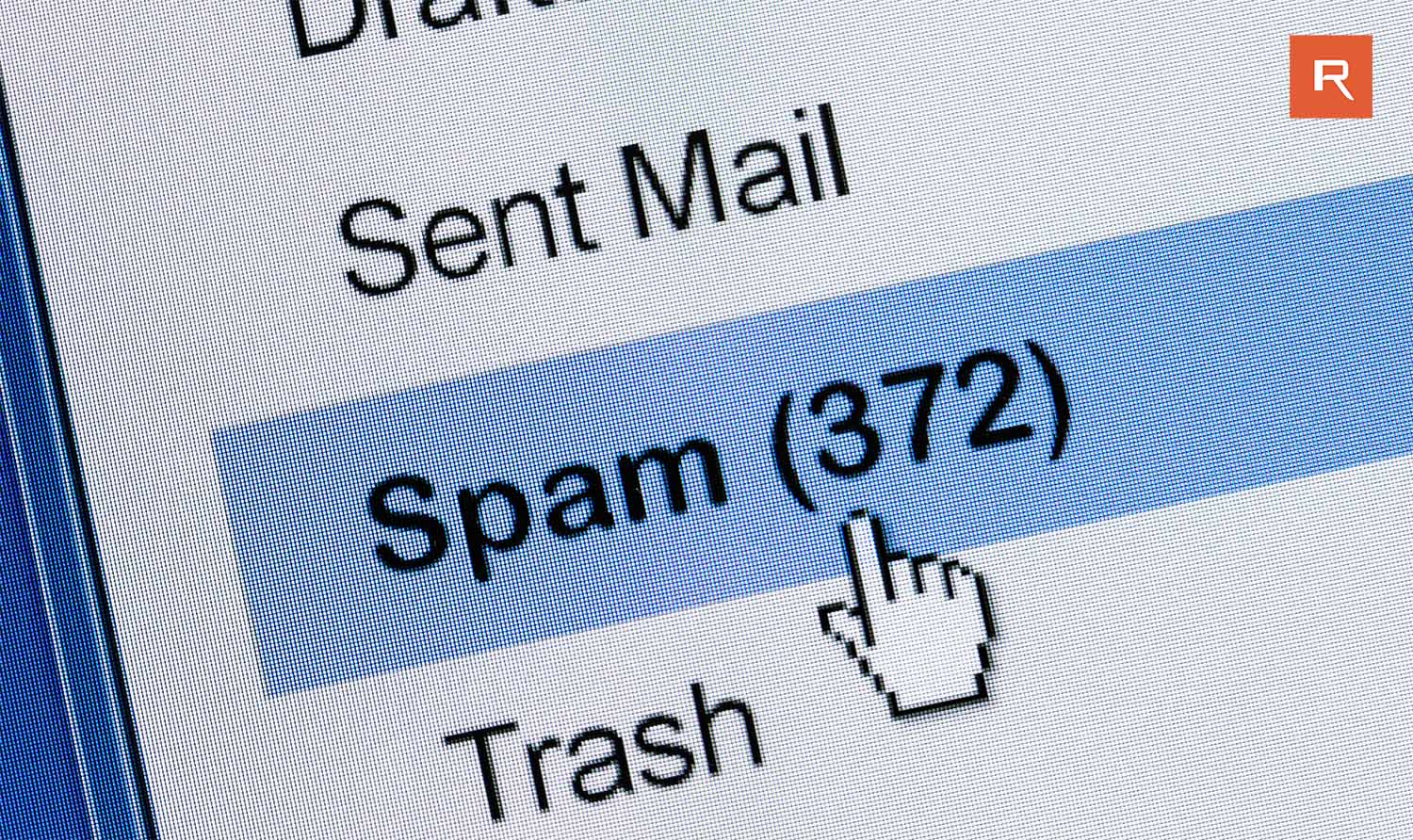
Live Chat

Domain Scan

(empty)

Login
How to Prevent Your Emails from Ending Up in Spam Folders
(13-jul-2024)

In today's digital age, ensuring that your emails reach their intended recipients' inboxes is crucial for effective communication. Emails landing in the spam folder not only diminish your communication efforts but also risk being overlooked or ignored. Here are some essential tips to prevent your emails from being flagged as spam.
1. Use Proper Authentication:
- SPF (Sender Policy Framework): Configure SPF records to specify which mail servers are allowed to send emails on behalf of your domain. This helps recipients verify that emails are coming from legitimate sources.
- DKIM (DomainKeys Identified Mail): Implement DKIM to add a digital signature to your emails, allowing recipients' servers to verify that the messages haven't been altered during transit.
- DMARC (Domain-based Message Authentication, Reporting & Conformance): Set up DMARC to instruct email providers on how to handle emails that fail SPF or DKIM checks, reducing the likelihood of your emails being marked as spam.
2. Maintain a Clean Email List
- Regularly Update Your Email List: Remove inactive or invalid email addresses. Using a clean email list reduces bounce rates, which can negatively impact your sender reputation.
- Use Double Opt-In: Implement a double opt-in process for new subscribers. This ensures that the people on your list genuinely want to receive your emails.
3. Craft a Professional Email Content
- Avoid Spammy Language: Words like "free," "guarantee," and "urgent" can trigger spam filters. Be mindful of the language you use in your subject line and email body.
- Balanced Text-to-Image Ratio: Emails that are too image-heavy or contain large images can be flagged as spam. Aim for a balanced ratio of text and images.
4. Monitor and Analyze Your Emails
- Track Delivery: Regularly use cPanel to track email delivery status and ensure emails are reaching recipients.
- Track Metrics: Monitor essential email metrics such as open rates, click-through rates, and bounce rates regularly when using an email marketing platform. These metrics can highlight any issues, like high bounce rates or low engagement, that may need addressing.
5. Segment Your Email List
- Targeted Content: Segment your email list based on recipient preferences, behavior, and demographics. Sending relevant content to specific segments increases engagement and reduces spam complaints.
- Frequency Control: Be mindful of how often you send emails. Too many emails can lead to annoyance and spam complaints, while too few can result in disinterest.
6. Consider Your Hosting Environment
- Shared Hosting Impact: When using a shared hosting package, your IP address is shared with other users. If any of them sends spam, it can negatively impact your email deliverability. To mitigate this risk, monitor the reputation of your sending IP address. To avoid these issues, consider purchasing an email hosting package from register.lk that includes a dedicated IP address, which is exclusively assigned to your account and not shared with others. This helps maintain a good email sending reputation and ensures better deliverability.
Conclusion
By implementing these strategies, you can significantly improve your email deliverability and ensure that your messages reach their intended recipients' inboxes. Proper authentication, maintaining a clean email list, crafting professional content, monitoring your campaigns, segmenting your audience, and considering your hosting environment are all crucial steps to prevent your emails from being flagged as spam. Consistently applying these best practices will enhance your communication efforts, build trust with your audience, and ensure that your important messages are seen and read.By following these strategies, you can significantly reduce the chances of your emails ending up in the spam folder, ensuring your messages reach your audience effectively.
 Written by: Register.lk Support Hero - Shamendra
Written by: Register.lk Support Hero - Shamendra







